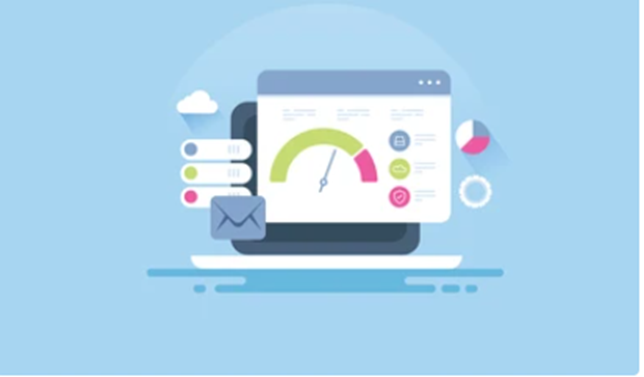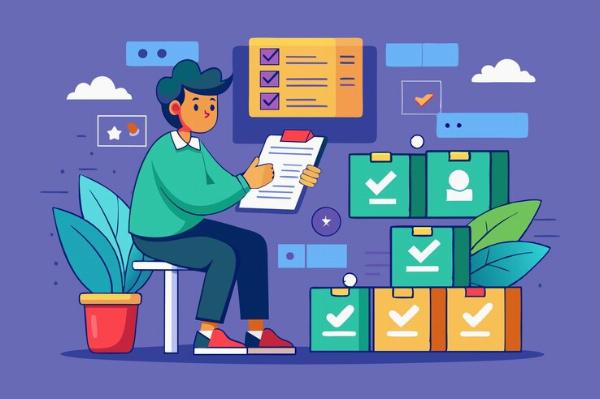Top Application Security Threats SaaS Teams Should Watch in 2025

Strong 8k brings an ultra-HD IPTV experience to your living room and your pocket.
SaaS companies live in fast-forward. New features are pushed out weekly. Code changes fly through pipelines. And third-party tools are everywhere. But all this speed can open doors to security threats most teams don’t see coming, until it’s too late.
If you build, ship, or secure SaaS products, these are the application security threats that demand your attention in 2025.
1. Broken Access Controls Still Linger
This is a classic problem that refuses to die. Why? Because modern SaaS apps have layers admin panels, customer dashboards, partner APIs, and controlling who can access what gets tricky fast.
In 2025, broken access control isn’t just about a user seeing another user’s data. It’s about:
• Developers exposing admin endpoints unintentionally
• APIs not validating tokens deeply enough
• Misconfigured microservices sharing too much internally
A small oversight in role validation or API gateway logic can give attackers full access to sensitive business data.
2. Supply Chain Risks Are Getting Sneakier
SaaS teams rely heavily on open-source libraries. But attackers are now targeting those libraries directly. Think typosquatting, dependency confusion, and malicious packages that act normal, until they phone home.
What's new in 2025?
• Malicious packages mimicking CI/CD tools
• Compromised packages that only trigger in certain cloud environments
• Signed but poisoned modules that pass superficial checks
It’s no longer enough to check package-lock.json. You need visibility into transitive dependencies, contributor reputation, and unusual versioning behavior.
3. Secrets Exposure in Codebases and Pipelines
Secrets - API keys, tokens, passwords, should never be in plaintext or version control. Yet they keep leaking.
Why?
• Devs hardcode for speed during testing and forget
• CI/CD systems echo secrets in logs
• Slack notifications and webhook payloads carry sensitive strings
In 2025, attackers are scanning not just public repos but also misconfigured internal GitHub Enterprise instances and build artifacts. One leaked token is all it takes to pivot deeper into your environment.
4. Session Mismanagement and Token Misuse
OAuth flows. JWTs. Session cookies. Refresh tokens. Modern SaaS apps juggle a lot of session logic.
But here's the danger:
• Access tokens with long lifespans left unrotated
• Session fixation due to improperly cleared cookies
• Reuse of tokens across services that don’t validate scopes properly
Attackers in 2025 are abusing token refresh endpoints and exploiting single sign-on (SSO) missteps to stay in systems longer—often undetected.
5. API Abuse and Business Logic Attacks
APIs are the backbone of SaaS. But they also expand your attack surface.
The biggest risk isn’t necessarily injection anymore—it’s misuse:
• Users booking services without payment
• Tampering with order IDs to access other users’ records
• Creating a denial-of-wallet by chaining free-tier features in unexpected ways
These aren’t bugs in the code. They’re gaps in how the logic was designed. And automated scanners won’t catch them.
6. Client-Side Threats in SPAs and PWAs
SaaS UIs are mostly single-page apps (SPAs) today. That means more JavaScript. And more exposure.
In 2025, attackers are:
• Injecting rogue scripts via third-party integrations (marketing widgets, chat tools)
• Bypassing CSP headers through subtle misconfigurations
• Stealing session data from localStorage or IndexedDB
The shift toward client-heavy apps has created new blind spots, ones that don’t trigger traditional backend alerts.
7. Third-Party Widget Risk
Every SaaS product uses embedded services such as analytics, payment gateways, chatbots.
But those tiny scripts can:
• Log keystrokes unintentionally
• Introduce insecure iframe policies
• Create cookie leakage across domains
If even one vendor in your app’s chain gets compromised, attackers could piggyback into your environment.
8. Shadow Deployments and Forgotten Subdomains
Fast-moving teams spin up test environments, marketing microsites, and campaign-specific domains. The problem? They rarely shut them down.
Old subdomains often:
• Use outdated frameworks with known CVEs
• Share authentication logic with main apps
• Contain internal URLs or staging data
These forgotten assets are goldmines for attackers looking for easy ways in.
9. Weak Authorization in Multi-Tenant Architectures
SaaS is all about multi-tenancy. But weak isolation between tenants is a growing concern.
In 2025, we’re seeing:
• Horizontal privilege escalation due to sloppy tenant filters
• Shared caches leaking tenant-specific data
• IDORs that don’t respect organizational boundaries
Even well-architected apps can slip if just one validation check fails.
10. Lack of Visibility AcrossMicroservices
Microservices are great for scale. But they make it harder to see security holistically.
Issues include:
• Inconsistent auth logic between services
• Services accepting outdated JWTs without revocation
• Logs scattered across tools, delaying detection
Without centralized security enforcement, threats can move laterally—quietly and quickly.
Final Thought
Application security in SaaS isn’t about chasing OWASP Top 10 year after year. It’s about understanding how your development habits, architecture choices, and toolchains introduce new risks.
If you're building a SaaS product in 2025, ask yourself:
• Do we test for logic flaws, not just code flaws?
• Are we scanning containers, dependencies, and APIs, continuously?
• Do we know which secrets are exposed right now?
The more you treat security as a real part of your development lifecycle, not just a final gate, the fewer surprises you’ll face. And fewer surprises mean safer software for your users.
Note: IndiBlogHub features both user-submitted and editorial content. We do not verify third-party contributions. Read our Disclaimer and Privacy Policyfor details.







